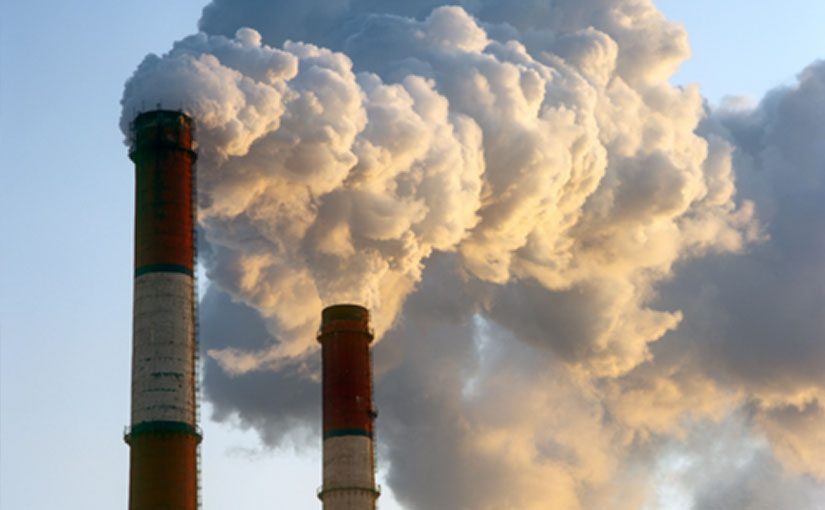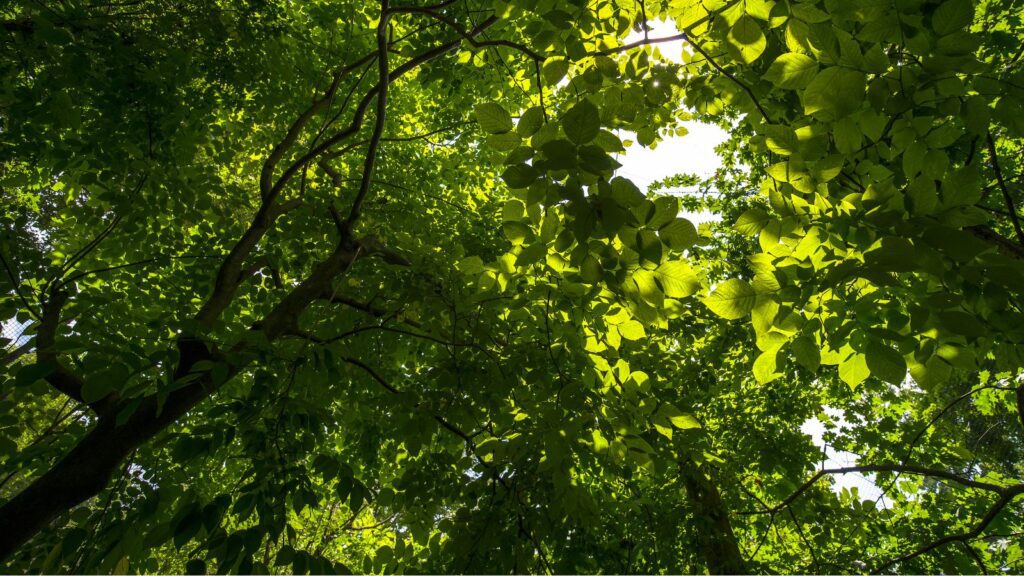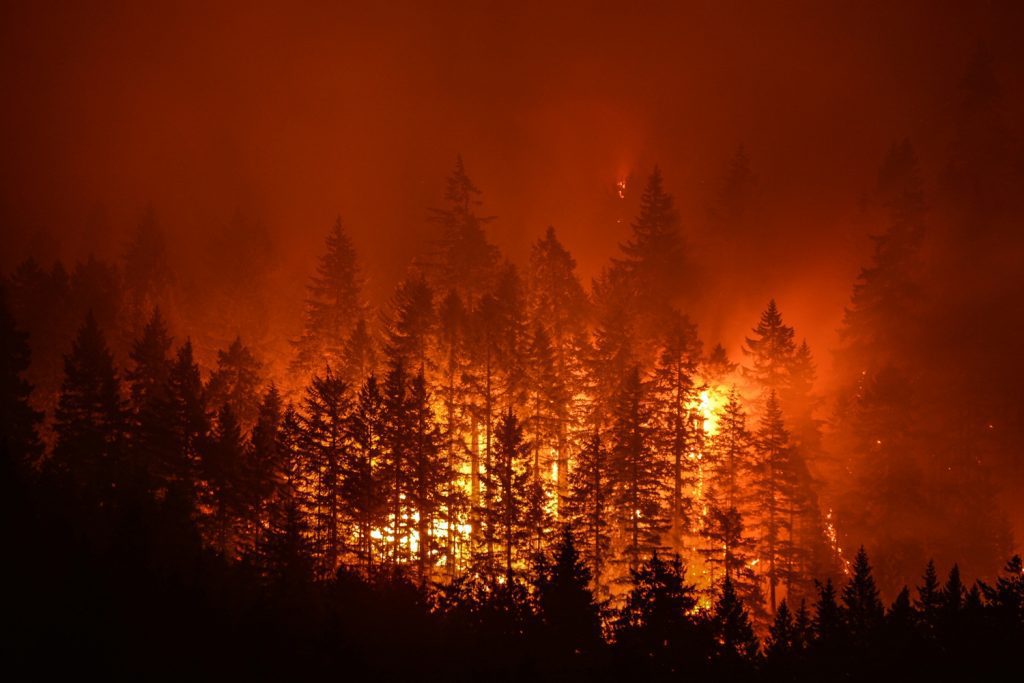ENVIRONMENTAL DEFENCE AND CANADIAN PARKS AND WILDERNESS SOCIETY, NORTHERN ALBERTA
Decades of mining in the Alberta oil sands have left a pervasive legacy of harm to the environment and people
Toronto/Edmonton | Traditional territories of the Huron-Wendat, the Anishnaabeg, Haudenosaunee, Chippewas and the Mississaugas of the Credit First Nation; Treaty Six territory and Métis Nation of Alberta Region Four – A joint report released today by Environmental Defence (EDC) and Canadian Parks and Wilderness Society, Northern Alberta (CPAWS) provides a new analysis of the unprecedented growth of tailings in Alberta’s oil sands. Contrary to the oil industry’s claims of responsible and sustainable development, the report shows that the total tailings footprint has grown nearly 300% in the last 20 years.
Alberta’s tailings contain dangerous levels of mercury, arsenic, benzene and naphthenic acids, which are unique to the oil sands. They are known to leak into the environment, threaten the health of downstream First Nation and Métis communities and degrade the boreal forest’s biodiversity. They are especially lethal to migratory birds who land and perish in the tailings ponds.
The time series of tailings areas mapped in this report are the first of their kind to be made publicly available, as industry and government do not provide public analyses of these kinds of data. The key findings include:
- The footprint of all tailings is now 300 square kilometers – about 2.6 times the city of Vancouver.
- Since 1975, the tailings area has grown significantly, despite new policies aimed to reduce them. A stark increase has been seen since 2005 when the average 5-year tailings growth rate rose to 42 per cent.
- While industry is supposed to reclaim tailings “ponds” back to their pre-disturbance state, less than 0.1 per cent of the oil sands has received a formal reclamation certificate from the provincial regulator.
“The alarming expansion of toxic tailings in the oil sands is a blatant example of environmental injustice in Canada and of industry’s disregard for the health of humans and ecosystems,” says Aliénor Rougeot, Program Manager at Environmental Defence.
“Oil sands tailings ponds are a runaway train right now,” says Gillian Chow-Fraser, Boreal Program Manager with CPAWS Northern Alberta. “More and more tailings ponds are created every year because of industry’s false optimism that they can reclaim as fast as they develop. They have far from demonstrated that this is even possible.”
Traditional knowledge and firsthand testimonies from impacted communities are interwoven throughout the report to showcase Indigenous knowledge on this issue. Their expertise is often disregarded in government and industry’s land management decisions despite the impact that tailings have on First Nations and Métis people and their traditional lands.
“The severity of tailings pollution warrants an immediate federally-led assessment that prioritizes the needs of downstream communities and the environment,” adds Aliénor Rougeot. “Industry alone will not responsibly manage the mess they created.”
The report calls for an end to approvals of new oil sands mines or tailings “ponds” given the lack of reclamation and environmentally safe approaches to store tailings.
Background:
- The authors use tailings “ponds” for consistency with the term used by government and industry despite the fact that the volume of these human-made basins far surpasses what should be called a true pond.
- The authors of the report distinguish “fluid tailings” – the fluid wastewaters – from “non-fluid tailings features” – the berms, dykes, beaches, and reclamation treatment areas. They use “all tailings” to refer to the sum of both since both are disruptive to the land and ecosystems.
- Tailings “ponds” contain many toxic compounds, including naphthenic acids, which have been proven to disrupt aquatic ecosystems by altering their reproductive and immune systems and heavy metals such as arsenic, lead, and mercury.
The full report is available here.
ABOUT ENVIRONMENTAL DEFENCE (environmentaldefence.ca): Environmental Defence is a leading Canadian environmental advocacy organization that works with government, industry and individuals to defend clean water, a safe climate and healthy communities.
ABOUT CANADIAN PARKS AND WILDERNESS SOCIETY, NORTHERN ALBERTA (cpawsnab.org): The Canadian Parks and Wilderness Society (CPAWS) is Canada’s only nationwide charity dedicated solely to the protection of Canada’s public land and water and ensuring our parks are managed to protect the nature within them.
– 30 –
For more information or to request an interview, please contact:
Paula Gray, Communications Manager, Environmental Defence, pgray@environmentaldefence.ca, 705-435-8611
Gillian Chow-Fraser, Boreal Program Manager, CPAWS Northern Alberta
gchow-fraser@cpaws.org, 780-777-0715






